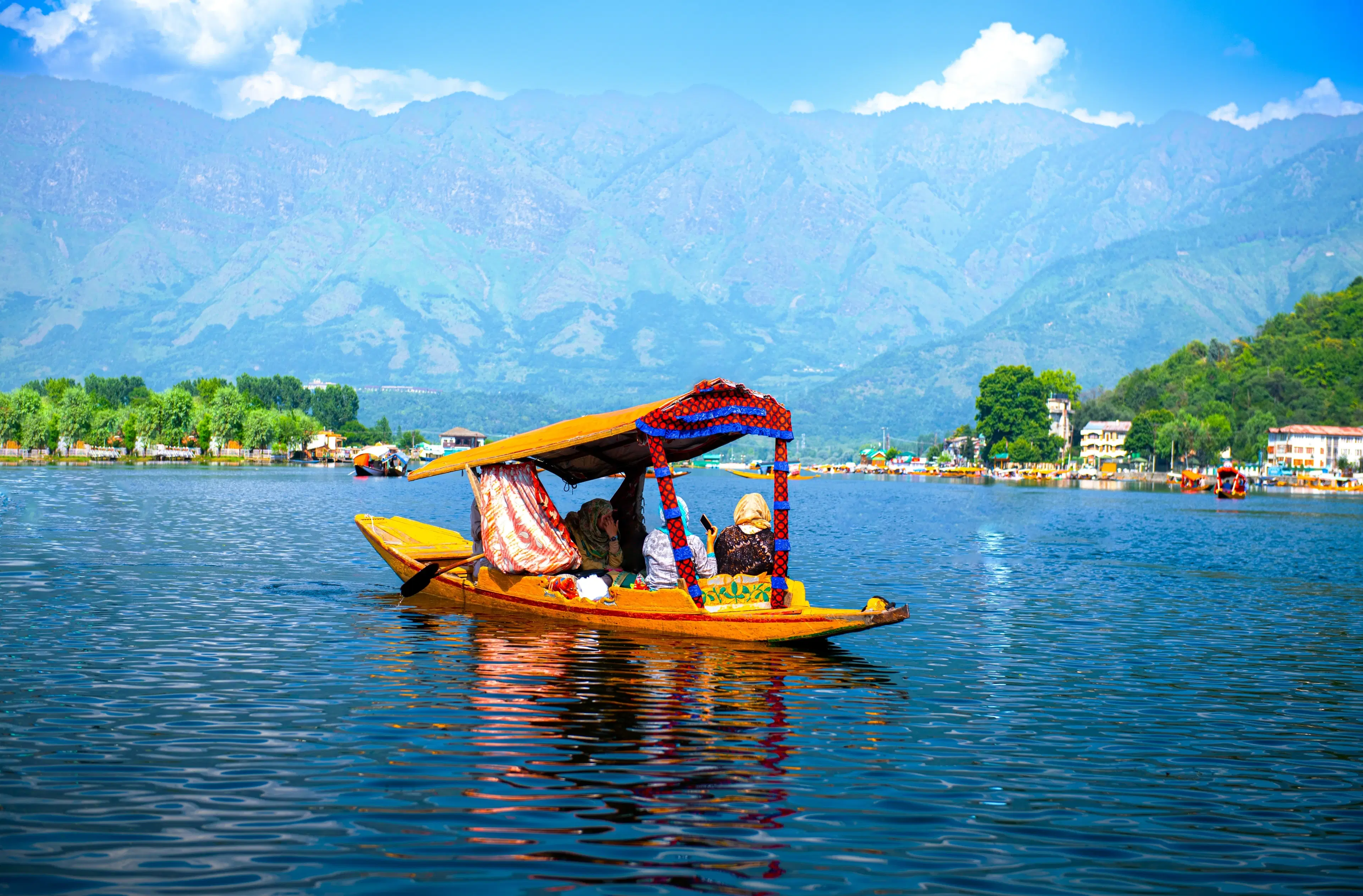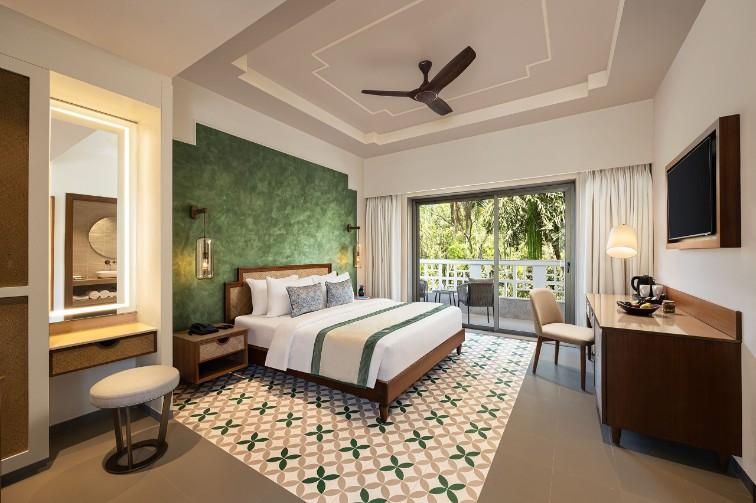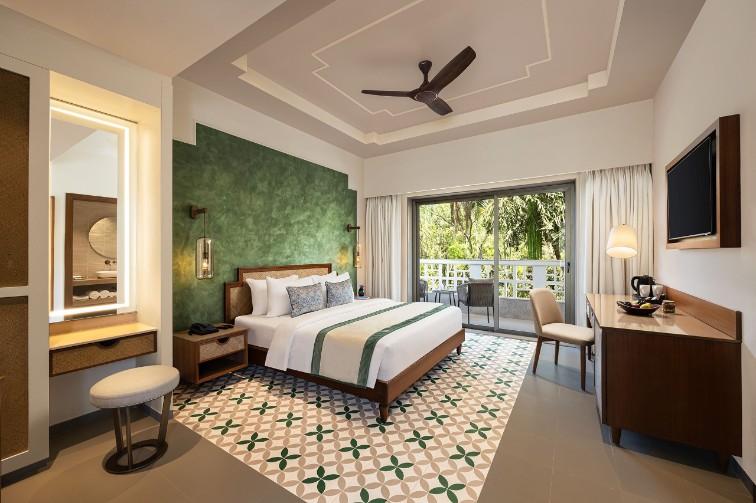
Hotels
•05 min read

Hemkund Sahib Lake is a jewel in the heart of the Himalayas. This sacred spot offers a blend of spirituality, adventure, and nature. In this post, we answer your most common questions about Hemkund Sahib Lake. You will learn about its history, trekking routes, weather, altitude, and nearby attractions. Whether you plan to pay a pilgrimage or seek adventure, this guide will help you explore Hemkund Sahib with ease.
The lake sits in a tranquil Himalayan valley. It is surrounded by snowy peaks and lush valleys. The altitude adds a sense of mystery. Its glacial waters reflect a peaceful blue that calms the soul. Hemkund Sahib Lake is famed for its spiritual aura. Its significance is rooted in Sikh history and mythology. Many believe that a divine energy nurtures this high-altitude reservoir. Its location and pristine beauty protect a fragile ecosystem that thrives in the cold mountain air.
The history of Hemkund Sahib Lake is deep and inspiring. The lake is closely linked to Sikh traditions. It is said that Guru Gobind Singh visited these mountains and felt a profound spiritual connection. The legend remains alive in the rituals practiced at the temple. Over time, the Hemkund Sahib temple became a symbol of faith. Its establishment marked a turning point in reverence for Sikh culture in the Himalayan region. Today, the temple stands as a testament to dedication and faith, inviting pilgrims to reconnect with their spiritual heritage.
The journey begins at Govindghat. From there, a winding path leads to the sacred lake. The trek measures roughly 19 kilometers. You will experience a steady altitude gain as you climb steep trails. The path challenges even dedicated trekkers with its rugged terrain. Beginners should be prepared for a mix of gradual ascents and steep bursts. Many find that pacing themselves and taking regular breaks make the trek rewarding. The journey rewards you with breathtaking views and an unforgettable physical experience.
Timing your journey is key. Warm and clear weather makes for a pleasant trek. Spring and early autumn are usually the best months to visit. During these times, temperatures remain manageable. The sky is clear and the trails are in good condition. In contrast, monsoon months can bring heavy rains and slippery paths. Winter chill and snowfall may also close trekking routes for safety. By choosing the optimal season, you enjoy the natural beauty with clear skies and cooler, comfortable air. These conditions help you focus on the journey and the sacred essence of Hemkund Sahib.

The pilgrimage to Hemkund Sahib is both a physical and spiritual journey. At the heart lies the Hemkund Sahib temple, a place where faith meets nature. Pilgrims find calmness and deeper meaning in the rituals performed here. Daily prayers echo in the serene silence of the mountains. The temple rituals help visitors connect with the rich traditions of Sikh culture. Many say that the visit ignites a spark in their soul, allowing them to rediscover inner peace. The combined physical and spiritual effort creates an experience that is both moving and memorable.
Preparation is the key to a smooth pilgrimage. Pack warm, layered clothing suitable for cold weather. Keep waterproof gear handy to face sudden showers. Sturdy trekking shoes are a must for rough paths. A small first aid kit, water, and high-energy snacks can make the journey safer and more comfortable. Some pilgrims choose helicopter services to reach the temple. This option benefits those who may find the trek overly strenuous. Simple accommodations in the region provide a humble resting place after a long day of walking. These practical preparations ensure you arrive ready to embrace the sacred spirit of Hemkund Sahib.
The weather here can be unpredictable. Summer months offer mild days and cool nights. In contrast, winter brings bitter cold and potential snowfall. The region experiences a range of temperatures throughout the year. The high altitude intensifies these changes. Even in clear weather, the mountain air can be brisk. It is wise to check daily forecasts before embarking on your trek. Carrying extra layers and rain gear prepared for sudden changes can make your visit more comfortable. Embracing the mountain weather is part of the adventure at Hemkund Sahib Lake.
Hemkund Sahib is situated at an impressive altitude. This height demands respect from visitors. The thin air at 4,633 meters can make physical exertion challenging. It is important to take time and acclimatize along the journey. Many trekkers plan a few days at lower elevations to ease into the climb. Awareness of altitude sickness symptoms is essential. Drinking plenty of water and resting when needed can prevent discomfort. Adjusting your pace allows you to enjoy the trek without undue strain.
Insight Corner: Did You Know? Hemkund Sahib Lake sits at an impressive altitude of 4,633 meters (15,200 feet), making it one of the highest pilgrimage sites in India. Its name translates to ‘Lake of Snow,’ reflecting its pristine beauty and glacial origins.
The Valley of Flowers National Park lies close by. This natural wonder boasts a rich floral biodiversity. Its meadows burst with colorful blooms in spring and early summer. The combination of Hemkund Sahib and the valley creates a perfect blend of nature and spirituality. Visitors enjoy scenic walks and breathtaking landscapes. The area is ideal for photography and peaceful meditation. Be sure to plan enough time to explore both sites on your journey, and let the beauty of the region inspire your soul.

Beyond the lake and valley, the region offers more to see. Nearby rivers and glaciers enhance the natural wonder of the area. Small temples and historical sites dot the landscape. Each location offers a unique window into local culture and natural beauty. A well-planned itinerary allows you to visit these spots without feeling rushed. These nearby attractions enrich your travel experience, making your journey as much about discovery as devotion.
Hemkund Sahib is a revered Sikh pilgrimage site. Its blend of religious history and natural beauty makes it unique.
Hemkund Sahib Lake is the primary lake near the temple, renowned for its crystal-clear waters.
The trek spans roughly 19 kilometers and leads you through steep, scenic trails.
Layered clothing, waterproof gear, and sturdy trekking shoes are essential due to high-altitude conditions.
Yes, helicopter services help pilgrims who may be unable to complete the trek on foot.
Hemkund Sahib Lake is more than a destination; it is a journey of the spirit and body. With a rich history connected to Sikh heritage, the site invites visitors to embark on a trek that challenges and inspires. Visitors learn that adequate preparation, an understanding of weather patterns, and careful acclimatization can transform the journey into a memorable adventure. Nearby attractions like the Valley of Flowers further enhance the experience by combining natural beauty with spiritual discovery. Whether you approach it as a pilgrimage or an exploratory trek, Hemkund Sahib offers a safeguarding embrace of nature and history that appeals to every traveler.